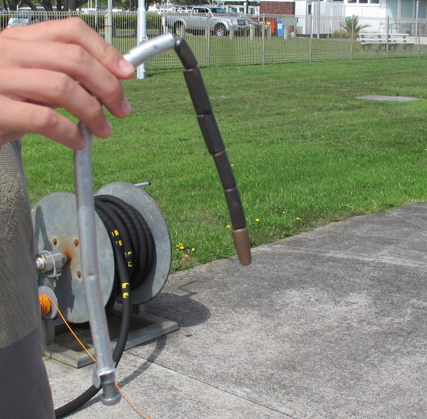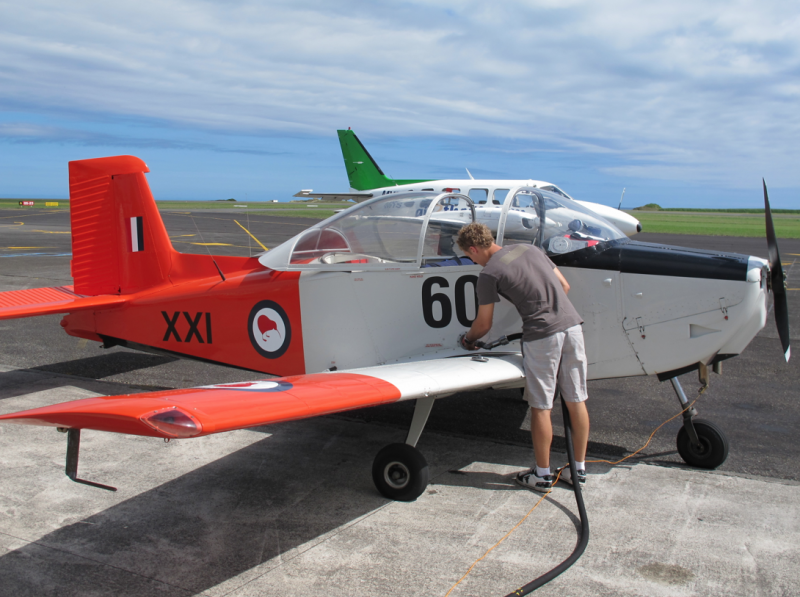pa28 fuel
Join Date: Nov 2001
Location: UK
Posts: 939
Likes: 0
Received 0 Likes
on
0 Posts
This thread is supposed to be about fuel management of the PA 28. Like most light aircraft the fuel gauges are more or less valueless. Indeed my Archer2 had the left gauge labelled INOP and it was the only fault I didn't bother to fix, as I hate it when things aren't working.
Fuel Management is simple. You take off with full tanks or tabs, you estimate fuel usage cautiously i.e. plan 10 gals an hour when you know it's really 8. Lean properly. Change tanks at half hour intervals and if one of the gauges doesn't work use that tank first.
Fuel Management is simple. You take off with full tanks or tabs, you estimate fuel usage cautiously i.e. plan 10 gals an hour when you know it's really 8. Lean properly. Change tanks at half hour intervals and if one of the gauges doesn't work use that tank first.
About the only dipstick in GA that is supplied by the aircraft manufacturer (that comes to mind) is for a Victa Airtourer.
And what a weird dipstick it is! It is flexible, because of the fuel tank location.
Difficult to use and difficult to read. I usually had to have at least three goes to get a reliable reading

Refueling ZK-XXI at New Plymouth:

Join Date: Oct 2007
Location: purley
Age: 69
Posts: 120
Likes: 0
Received 0 Likes
on
0 Posts
DIPSTICKS
Dipsticks are only any good if the aircraft has little dihedral or the filler neck is half way along the tank. For example on my RV6 the tank has no tabs and after an hours flying the dry bottom of the tank can be seen through the fillerhole, but with the dihedral you know that there is nearly an hour of fuel left in the tank that you cannot see ! The answer is to know the size of your tank and the useable fuel, plus knowing the consumption of your engine at different power settings. Do not rely on the fuel gauges as like mine they are unreliable and different readings left to right at the same approx fuel amounts and different on the ground compared to the flying attitude. Getting to know there aircraft after several flights and filling up to full afterwards tells you the answer on your capacity and consumption.




